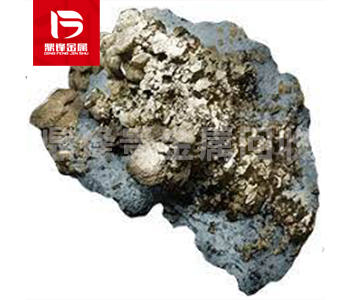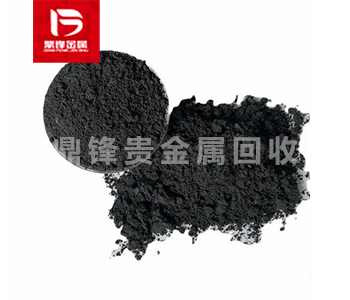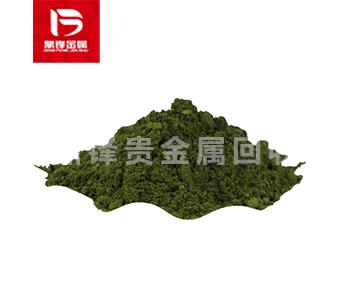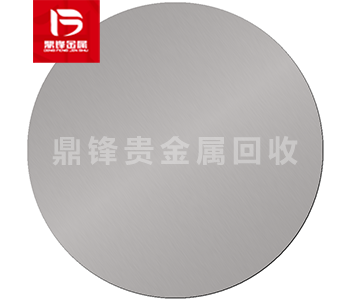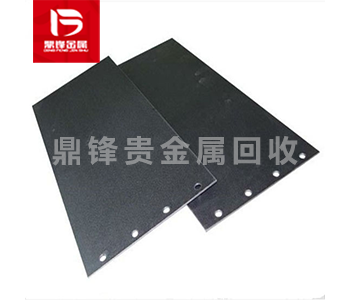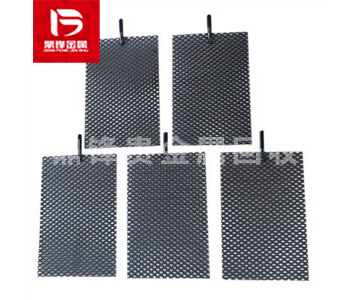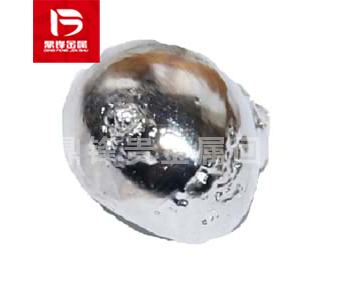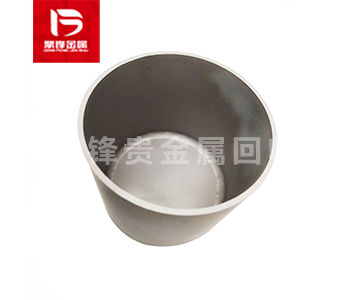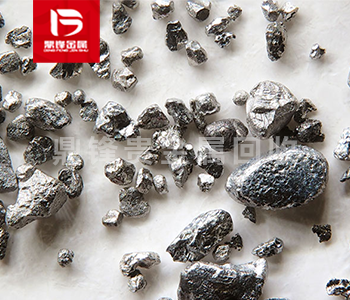Analysis of technology and process for recovering iridium from iridium titanium plate
Iridium titanium plate is a special functional material composed of precious metal iridium (Ir) and titanium (Ti). It combines the excellent properties of the two metals and shows irreplaceable application value in high temperature, strong corrosion and extreme environments. The natural reserves of iridium are extremely low and the mining cost is high. The efficient recovery of metallic iridium from iridium-containing waste (such as iridium titanium plate) has significant economic value and environmental significance. This article will systematically analyze the core technology and process flow of recovering iridium from iridium titanium plate.
1. Pretreatment stage of iridium titanium plate recycling
Physical separation and crushing:Iridium titanium plate is usually composed of titanium matrix and surface coating or alloyed iridium. Before recycling, surface impurities need to be removed by mechanical cutting, grinding or ultrasonic cleaning, and titanium and iridium-containing parts need to be initially separated. For composite structural plates, high-temperature oxidation method (800–1000°C) can be used to oxidize titanium to form titanium dioxide (TiO₂), while iridium still exists in a metallic state due to its oxidation resistance, which is convenient for subsequent sorting.
Chemical pretreatment:If iridium exists in the form of a coating, dilute hydrochloric acid or hydrofluoric acid can be used to selectively dissolve the titanium matrix and retain the iridium layer. This process requires controlling the acid concentration and reaction time to avoid excessive corrosion of iridium.
2. Chemical dissolution and enrichment of iridium
Aqua regia dissolution method: Iridium is chemically inert and difficult to dissolve with conventional acids. It needs to be dissolved with aqua regia (concentrated hydrochloric acid and nitric acid volume ratio 3:1) under heating conditions (80–100°C). The reaction generates chloroiridic acid (H₂IrCl₆), and the solution can be evaporated and concentrated to obtain an iridium chloride enriched solution.
Acidic molten salt method: For insoluble iridium-titanium alloys, alkaline melting (such as sodium peroxide melting) or acidic molten salt (such as potassium hydrogen sulfate) can be used for high-temperature treatment to convert iridium into soluble compounds, and then separated by water leaching.
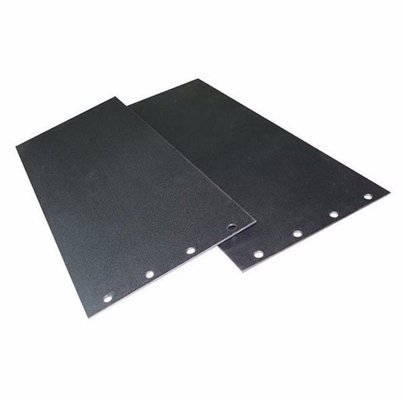
3. Separation and purification of iridium
Solvent extraction method: Separation is carried out by using the distribution difference between iridium and other metals (such as titanium and iron) in the organic phase. Commonly used extractants include tributyl phosphate (TBP) or amine compounds (such as Aliquat 336), and iridium can be efficiently extracted through multi-stage countercurrent extraction.
Ion exchange method: The iridium-containing solution is passed through a strong alkaline anion exchange resin, and iridium is adsorbed in the form of [IrCl₆]²⁻, and then eluted with high-concentration hydrochloric acid to achieve the separation of iridium from other impurity ions.
Electrochemical deposition: In the electrolytic cell, the iridium-containing electrolyte is reduced to a metallic state and deposited on the cathode by controlling the potential (such as -0.5 V vs. SCE) to obtain iridium powder with a purity of ≥99.9%.
4. Process optimization and environmental protection treatment
Key parameter control: The temperature, acid concentration and reaction time in the dissolution stage directly affect the iridium recovery rate; multiple cycles of extraction or electrolysis are required during the purification process to improve the purity.
Tail liquid treatment: The waste liquid containing titanium and hydrochloric acid needs to be neutralized to neutrality and then the titanium salt is recovered to avoid environmental pollution.
Recycling of iridium: The purified iridium can be made into industrial raw materials such as targets and electrodes by high-temperature hydrogen reduction or arc melting.


